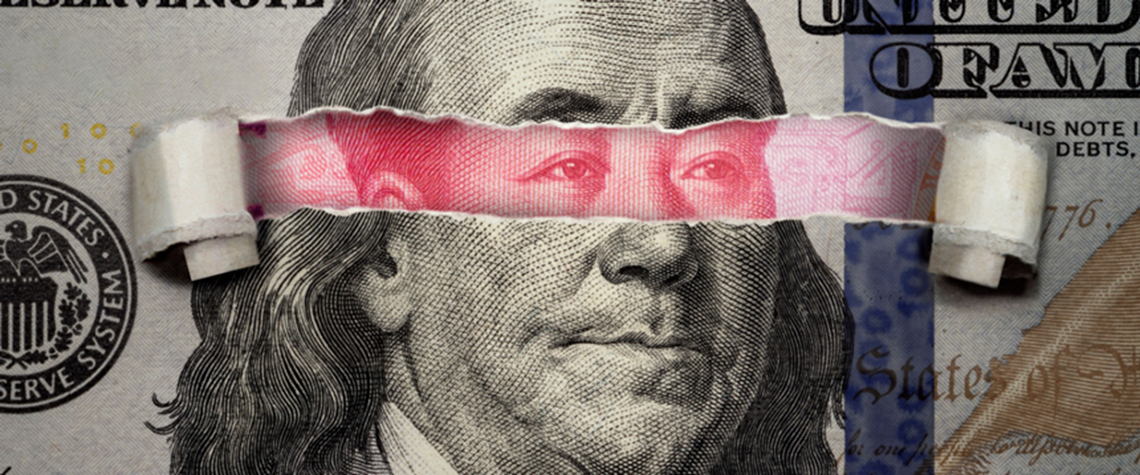Yuan makes oil and gas trade inroads
But the dollar still remains overwhelmingly the favoured currency
China’s status as the world’s biggest buyer of oil and gas has helped the country’s efforts to settle more purchases in its local currency gain some traction this year. But the potential rise of the yuan in international energy trading is unlikely to dislodge the US dollar from its dominant position in the global system any time soon. Recent economic and geopolitical developments have increased the potential attractiveness of trading oil and gas in non-dollar currencies—particularly the yuan, which is officially known as the Renminbi. After seeing how Western institutions froze Russian financial assets in spring 2022, Beijing is keener than ever to pursue its ‘de-dollarisation’ ambitions. Ch

Also in this section
26 April 2024
While the US has been breaking records for its premium grade crude, there are doubts over whether you can have too much of a good thing
26 April 2024
Slowing demand growth and capacity expansions will squeeze refiners in coming years
25 April 2024
Some companies with assets in Israel have turned towards Egypt as tensions escalate, but others are holding firm despite rising tensions
24 April 2024
But even planned exploration activity is unlikely to reverse declining output from mature fields







